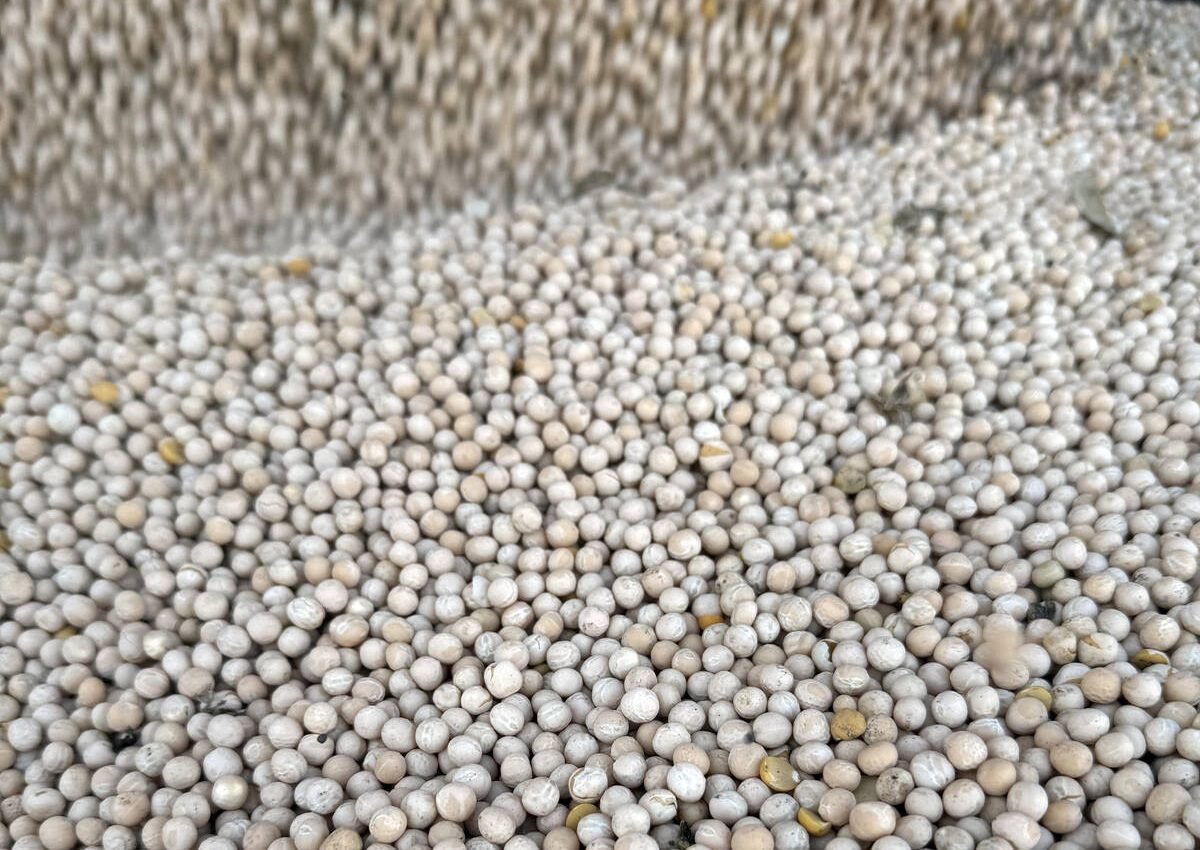When oil was king and its price was rising, farmers were happy to see crops playing queen.
Now that oil has been dethroned and its price is falling, many farmers would like to see crop markets get a divorce.
But that is unlikely, say market analysts.
“As crude oil goes, so too goes the corn market,” said Allendale Inc. analyst Joe Victor. “There is a very close correlation between crude oil and crop markets, especially the corn market.”
Corn and soybeans set the foundation for North American grain prices, including the wheat, canola and barley that Canadian farmers grow.
Read Also

Yellow pea prices collapse on lack of demand
China’s tariffs and India’s accumulated stocks from previous imports have curbed those countries’ demand for Canada’s yellow peas just as harvest adds price pressure at the farm gate.
There has been a lot of talk recently about crop prices eventually breaking free from the tyranny of energy prices and trading on their own supply and demand fundamentals, but Victor said energy values might have become a fundamental of crop markets.
“Corn for feed use is still the dominant use,” he said.
“Traditionally, you’d then rely on exports to get rid of the rest. There was never really a third pigeonhole for strong usage.
“We’ve now seen a transformation in which the second largest user of corn is ethanol. Exports have dropped to No. 3.”
U.S. farmers grew about 12 billion bushels of corn this year and four billion bu. of that will be used to make ethanol. That means the demand of ethanol plants will continue to exert a major influence on crop prices.
So too with soybean prices, which are heavily influenced by energy prices because of the use of soybean oil in biodiesel.
Some have speculated that well-publicized financial problems at some ethanol plants mean these companies will go broke and that demand will go away.
But Victor said that does not necessarily mean plants will close. Their owners may go broke, but the plants may keep consuming corn.
“We’re well aware of the problems with Verasun (America’s largest ethanol producer), but we aren’t hearing that with ADM (Archer Daniels Midland Co.),” said Victor.
“As long as the department of energy, the United States Department of Agriculture, and the EPA (Environmental Protection Agency) continue to support these aggressive targets (for increased biofuel production) … there is a likelihood of stronger, more dominant companies – it could be ADM – going out and buying these companies on weakness.”
If anything, the backing for biofuel production has increased now that Barack Obama, an ethanol supporter, has won the presidential election.
Commodities analyst Mikka Pineda of RGE Monitor said biofuel producers’ problems might be temporary.
There is a surplus of ethanol now because of distribution problems and a limited number of cars that can use high ethanol blends like E85.
“As the infrastructure comes into place for using biofuels, the pressure may ease,” Pineda said.
Victor said regardless of short-term problems in the biofuel industry, the U.S. appears to be committed to biofuel.
The 2007 Energy Security and Independence Act imposed a blending target of nine billion gallons for this year, almost 13 billion gallons in 2010 and 36 billion gallons in 2022, although a significant portion of that must come from cellulose ethanol.















